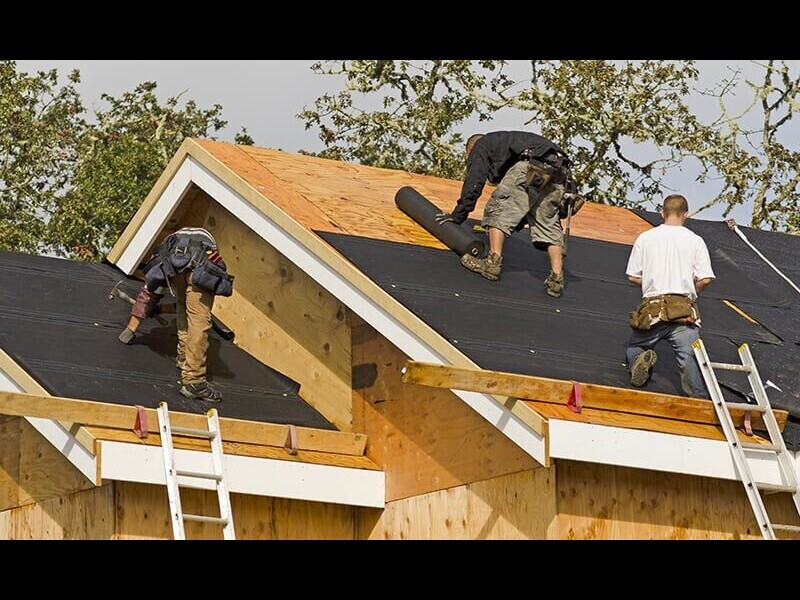Jan 23, 2019 - 10 min
How the Roofing Underlayment Market is Evolving

As commercial and residential construction rises, the roofing underlayment market is predicted to grow at a CAGR of 5.5%. Yet at this market grows, it’s also evolving. Find out leading trends shaping this market.
New Materials
While traditional asphalt remains the most popular roofing underlayment material, new materials, such as non-bitumen synthetics, are quickly seeing increased demand. These synthetic underlayment materials offer the following benefits:
- Lightweight
- Improved walkability
- Increased strength
- Greater safety
Additionally, synthetics give contractors the option for longer term dry-ins when the roofing can’t be installed immediately. Tear resistant, they also facilitate unique walking pattern and reduce slip likelihood over traditional options.
While synthetic material cost has caused some contractors to avoid making the switch, as more cost-competitive options arise against asphalt felt, synthetic underlayment is expected to shape the market going forward.
Increased Regulations
Another aspect shaping the roofing underlayment market is increasing environmental regulations. As consumers look to make buildings more environmentally-friendly, roofing underlayment that is environmentally friendly becomes top of mind as well. In particular, this means roofing underlayment that emissions little to no volatile organic compounds (VOCs) will see increasing prominence in the market.
Greater Commercial Construction Investment
Furthermore, governments in certain regions are increasing their investment in commercial construction projects. This will play a direct role in the volume of roofing underlayment needed for public infrastructure projects and ability to ensure material supply.
--
In addition to roofing underlayment changes, stay up to date on what else is happening in the industrial construction industry by reading this relevant content:
